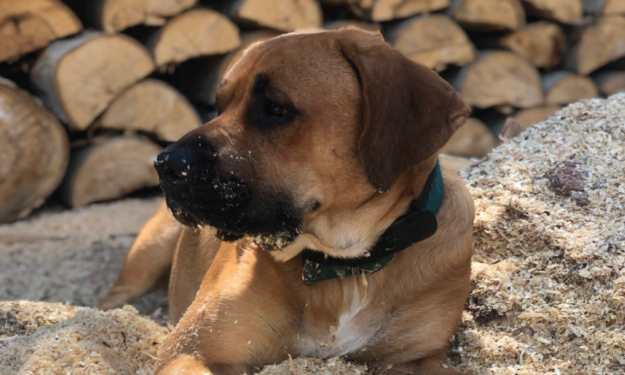Your Pets and the Symptoms of Smoke Inhalation from Fires

As winter approaches, many of us will start using fireplaces and bonfires to warm our homes and enjoy the outdoors in low temperatures, but how is the smoke affecting our four-legged friends? In the states where wildfires are an issue, it’s even more important than ever to be aware and on the look-out for smoke-inhalation symptoms that could have lasting effects on our pets.
Wild Fires
Many states, from Texas to Colorado and up the west coast, are facing record-breaking wildfires disrupting daily lives and affecting the health of our pets.
When in an area that is affected by wildfires or that has smoke present, make sure to keep an eye out for any of the following smoke inhalation symptoms.
- Eye irritation
- Respiratory issues or trouble breathing
- Fatigue
- Lethargy or reduced appetite/thirst
Smoke from these wildfires can travel thousands of miles and can be noticed in air quality or by checking https://www.airnow.gov/fires/ “Fire and Smoke Maps”
Precautions can be taken to help our pets from wildfire smoke by limiting exposure to the smoke.
Fireplaces Indoors and Bonfires Outdoors
Many homes use fireplaces for heating during cold months and bonfires at night to enjoy marshmallows under the stars.
These types of heat sources come with by-products such as smoke, popping embers, and ash.
These by-products can affect your pets:
- Skin
- Eyes
- Respiratory tract
- Appetite
When it comes to protecting our pets, it is important to know how these elements in and out of the home can affect them. Below you will find recommendations from a few Specialists at Ethos on how to keep your pet safe, prevent possible illnesses related to smoke and fires, and when to reach out to your veterinarian.
Stay safe and keep your four-legged friends feeling their best!
Written by Tyler Gonzalez, Oncology Department Liaison